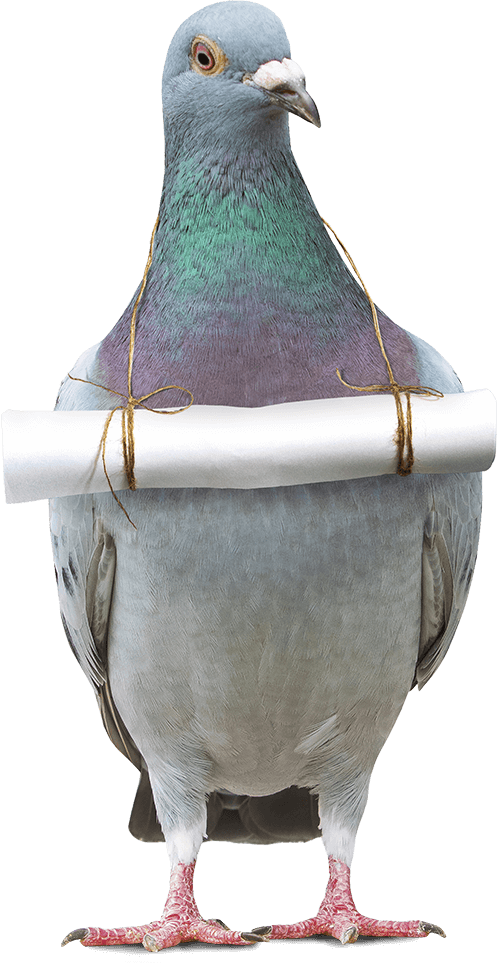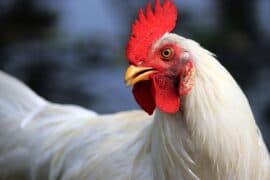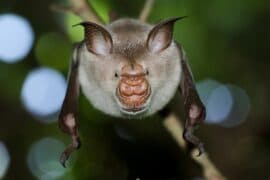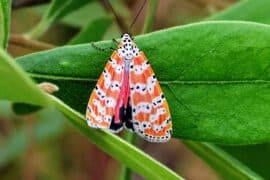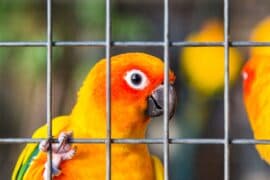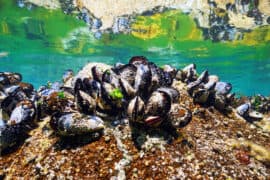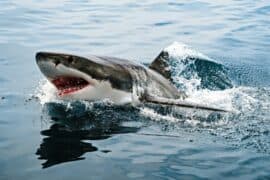Yellow-legged gull
(Larus michahellis)
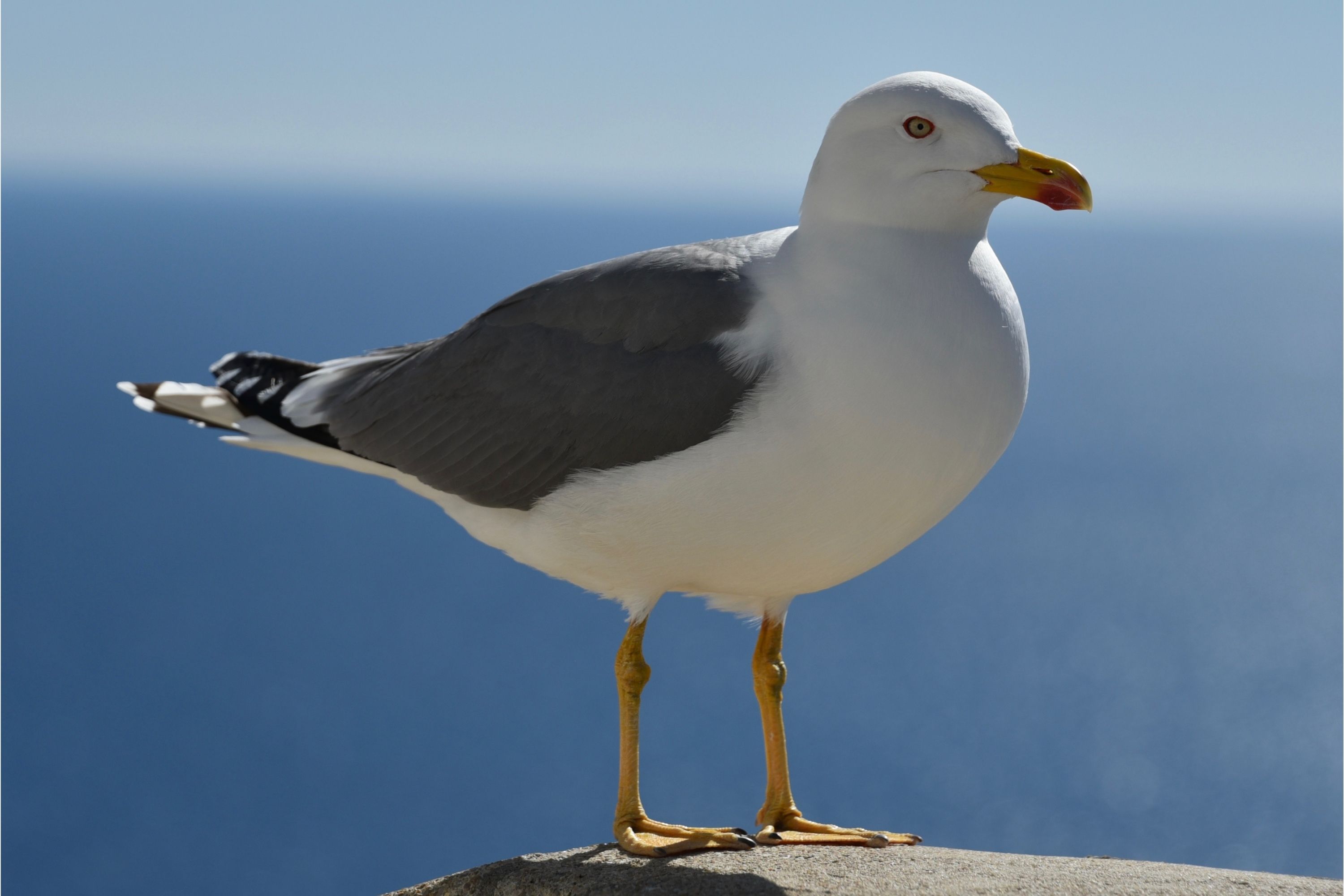
Description
The yellow-legged gull is a large gull found in Europe, the Middle East and North Africa, which has only recently achieved wide recognition as a distinct species. It was formerly treated as a subspecies of either the Caspian gull L. cachinnans, or more broadly as a subspecies of the herring gull L. argentatus. The genus name is from Latin Larus which appears to have referred to a gull or other large seabird, and the species name honours the German zoologist Karl Michahelles. The breeding range is centred on the Mediterranean Sea. In North Africa it is common in Morocco, Algeria and Tunisia and increasing in places. Recent breeding has occurred in Libya and Egypt. In the Middle East, a few breed in Israel and Syria with larger numbers in Cyprus and Turkey. In Europe there are colonies all along the Mediterranean coast, and also on the Atlantic islands and coasts north to Brittany and west to the Azores. It also breeds on the western side of the Black Sea; here it overlaps with the Caspian gull but there is a difference in habitat, with the yellow-legged gull preferring sea cliffs and the Caspian gull flatter shores. In recent decades birds have spread north into central and western Europe. One to four pairs have attempted to breed in southern England since 1995 (sometimes hybrid pairs with lesser black-backed gulls), though colonisation has been very slow. Many birds remain in the same area all year round, but others migrate to spend the winter in mild areas of western Europe or head south as far as Senegal, Gambia and the Red Sea. There is also extensive northward post-breeding dispersal in the late summer, with numbers in southern England high from July to October. It is reported as a vagrant to northeastern North America and Nigeria. The yellow-legged gull is a large gull, though the size does vary, with the smallest females being scarcely larger than a common gull and the largest males being roughly the size of a great black-backed gull. They range in length from 52 to 68 cm (20 to 27 in) in total length, from 120 to 155 cm (47 to 61 in) in wingspan and from 550 to 1,600 g (1.21 to 3.53 lb) in weight. Among standard measurements, the wing chord is 40.8 to 47.2 cm (16.1 to 18.6 in), the bill is 4.6 to 6 cm (1.8 to 2.4 in) and the tarsus is 5.6 to 7.5 cm (2.2 to 3.0 in). Adults are externally similar to herring gulls but have yellow legs. They have a grey back, slightly darker than herring gulls but lighter than lesser black-backed gulls.
Taxonomic tree:
